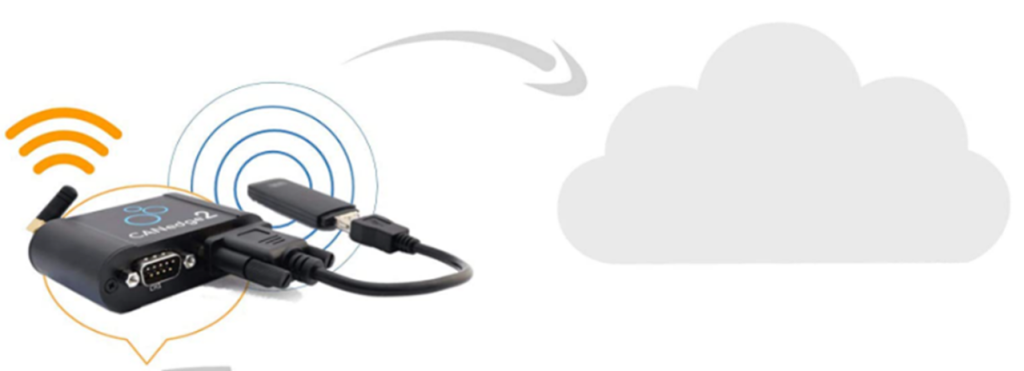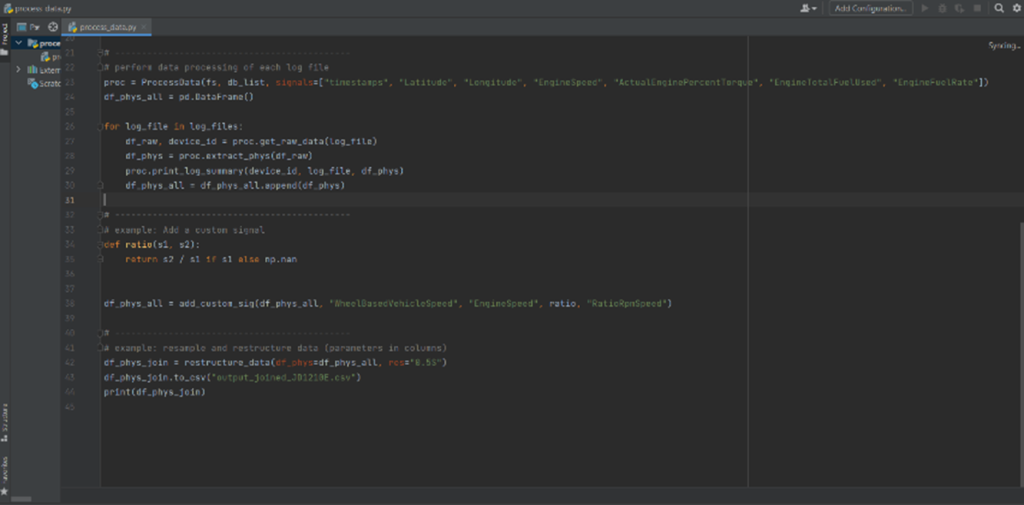The activity during the secondment at University of Padova was the development of multiple software solutions related to the assessment and analysis of carbon emissions. The secondment was linked to TESAF department of UNIPD and it’s main goal was to carry on existing development and transfer of knowledge of provided software solutions.
Parts of following information were taken from a presentation of Albert Cadei’s (Ph.D student of University of Padova). Especial thanks to Alberto Cadei and all TESAF team for their availability and hospitality.
Background
Heavy-duty machines (forest machines, tractors and trucks) use CAN network for the communication between ECUs. CAN network in heavy duty machines respect standard UNI EN ISO 11783 and related SAE J1939. The diagnostic to the CAN Bus is typically possible using 9-pin diagnostic connectors. The baud rate used is typically 250 kbits/s or 500 kbits/s.

Data acquisition
- Hight frequency of data acquisition (50 Hz on average)
- Listen mode (the datalogger only listen the traffic on the CAN-Bus, no message or information were send = no possible damage to the ECUs)
- Record all the traffic on the CAN Bus or to set filters to record only the information needed (it’s recommended to firstly record all the traffic. Then, after the decoding using DBC file, find the message that can be read and set the filters).
A DBC file is use to convert signals from bit information to human understandable information.

Data storage
- Amazon S3 compatible server to stock the data and deleted automatically from the datalogger memory. During this project, 100% compatible and open source S3 server was installed and configured (https://min.io/). Have a look to https://cloudloggers.site/s3-storage/ for more information.
- Internet connection is needed
- Over the air configuration setting of the datalogger
- Allow automatization of the data processing
Data transfer
Using dedicated script is possible to automatically download the data from the S3 cloud, convert the data using specific .DBC, select specific Can Bus signals and resample the data at the set frequency (e.g., 2 Hz)

During the collaboration between Agresta and UNIPD, Alberto’s Python script was modied so it could be adapted to different user cases. Have a look to developped desktop application or cloud server docker script solution.
Thanks to the internet connect it’s possible to automatically convert the desired CAN bus signals and push it to an external cloud solution. During the project, a custom solution was developped for visualization task.
